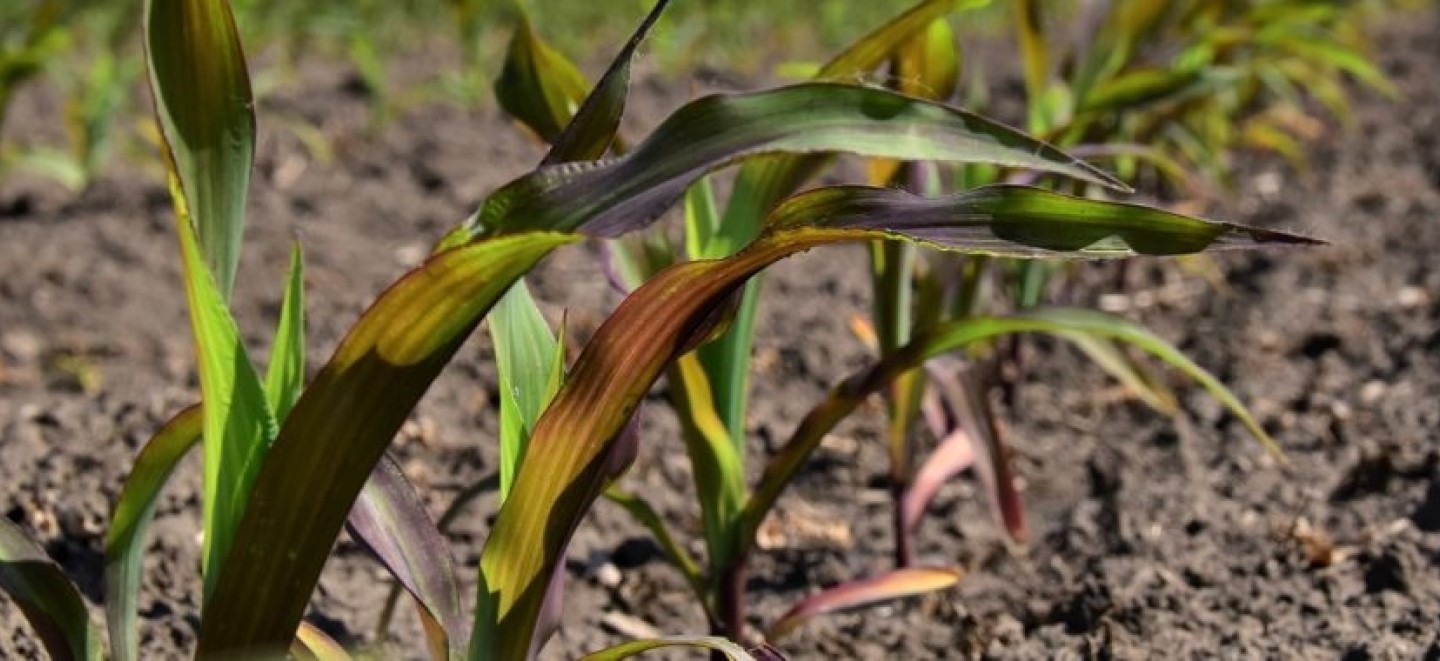
PHOSPHORUS NUTRITION IN PLANTS
Introduction
Phosphorus is an essential nutrient for plant growth and development. It plays a critical role in chlorophyll formation, energy transfer, and the structure of DNA and RNA. Additionally, it significantly impacts root development, flowering, and fruit maturation.
Role of Phosphorus in Plant Nutrition
🔹 1. Energy Transfer Phosphorus is a key component of ATP (adenosine triphosphate), the primary molecule responsible for energy transfer in photosynthesis and cellular respiration.
🔹 2. Root Development Phosphorus promotes healthy root growth, especially in young plants, enhancing water and nutrient uptake.
🔹 3. Flowering and Fruit Maturation Phosphorus supports flowering processes and accelerates fruit ripening. Plants with sufficient phosphorus tend to produce more flowers and achieve higher yields.
Symptoms of Phosphorus Deficiency
Phosphorus deficiency manifests in plants through various symptoms:
✅ Dark Green Leaves: Leaves appear darker green than usual, often with purple discoloration along the edges.
✅ Slow Growth: Plants grow more slowly than expected.
✅ Early Flowering: Phosphorus-deficient plants may flower earlier than normal.
✅ Reduced Fruit Yield: Phosphorus deficiency can negatively impact fruit development and overall yield.

Sources of Phosphorus
Various sources can be used to meet plant phosphorus requirements:
🟢 Compost, manure, and green fertilizers provide phosphorus to plants. However, their phosphorus content is generally lower and releases slowly in the soil.
🟢 Superphosphate and monoammonium phosphate (MAP) are chemical fertilizers that provide a fast and effective source of phosphorus. These fertilizers dissolve quickly in the soil and are readily available to plants.
Phosphorus Behavior in Soil Phosphorus mobility depends on soil structure and pH levels. In acidic soils, phosphorus solubility generally decreases. Therefore, maintaining optimal pH levels and conducting regular soil analysis is essential.
✅ Soil pH directly influences phosphorus bioavailability. Neutral (pH 6.0 - 7.0) and slightly alkaline soils allow better phosphorus uptake by plants.
✅ In highly acidic or highly alkaline soils, phosphorus can become insoluble, making it unavailable for plant absorption.
✅ Phosphorus application should be planned before and after seed planting, depending on its solubility and soil characteristics.
✅ Phosphorus can bind with elements like calcium, iron, and aluminum in the soil, making its absorption by plants more difficult. Therefore, a proper fertilization strategy is crucial.
Conclusion
Phosphorus is a fundamental nutrient for healthy plant growth and development. Its deficiency negatively affects root development, flowering, and fruit yield.
🔹 Using the right phosphorus sources
🔹 Regular soil management
🔹 Implementing a balanced fertilization program
are critical for ensuring optimal plant productivity.
Effective phosphorus management in agriculture is essential for sustainability and high yields. 🌱